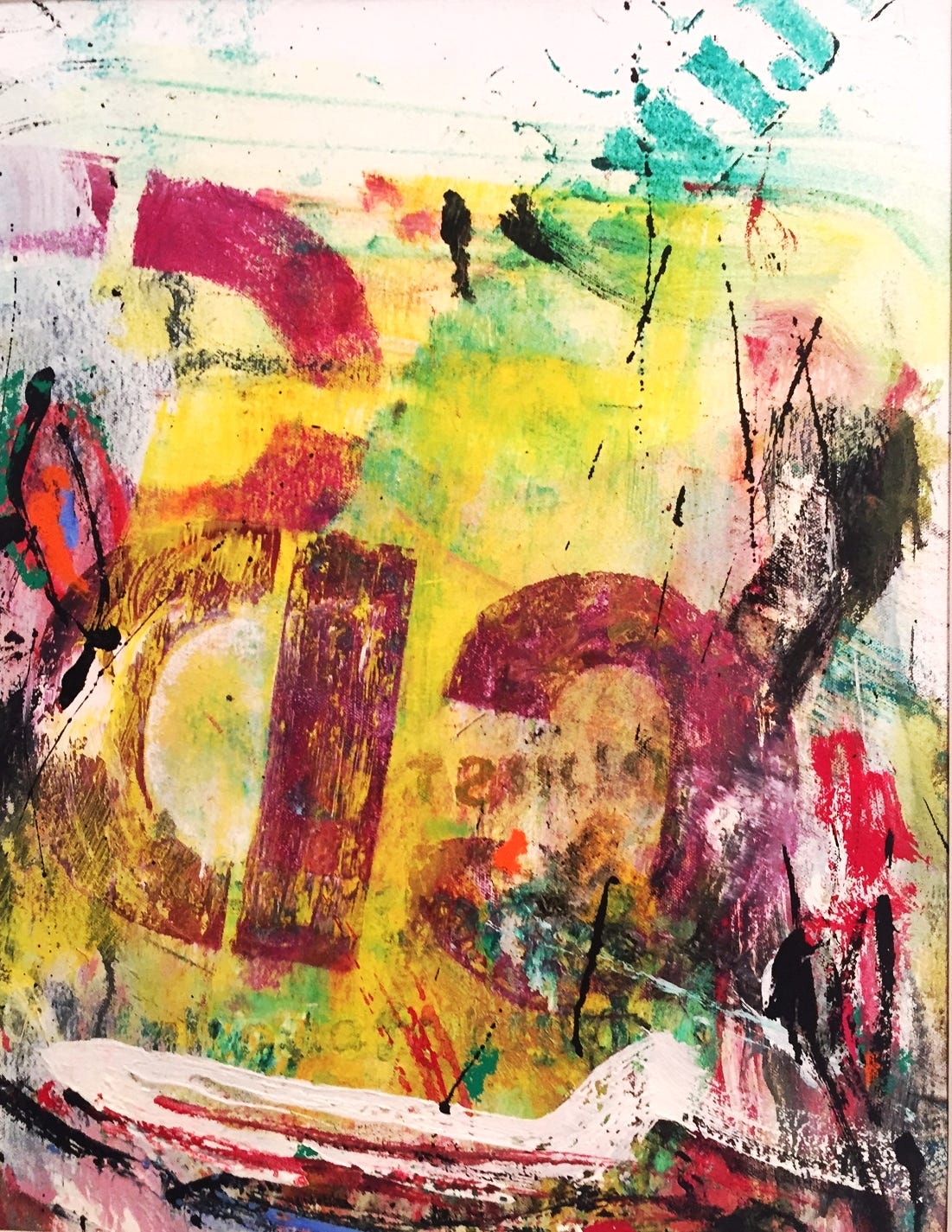
Writing this has been such a joy because Hilda O’Connell isn’t just any artist; she was one of my professors at Marymount Manhattan College, and truly one of the best. I took every class she taught, not just because of her incredible depth of knowledge but because of the way she made art feel alive. She has this rare gift for turning a lecture into a conversation, making you feel like you’re uncovering history alongside her rather than just studying it. Her passion is infectious, her kindness unwavering, and her influence on me has been profound. It’s an honor to write about her, knowing how much she has shaped the way I see and understand modern art.
Hilda O’Connell is a New York-based artist whose six-decade-long career reflects the transformative energy of American abstract expressionism. Born in 1934 to Irish immigrant parents in New York and raised in the Bronx, O’Connell’s journey, from her formative education to her evolution as a painter, teacher, and public art advocate, illustrates how personal perseverance and artistic innovation can shape an entire generation. Her work, characterized by layered abstractions, calligraphic fragments, and evolving palettes, engages with language, history, and identity.
Hilda O’Connell was born in 1934 in New York to Irish immigrant parents, a background that instilled in her a strong sense of cultural identity and resilience. Growing up in the Bronx during a period of rapid urban and social change, she was drawn to art as a way to understand and express the world around her. O’Connell pursued her passion at Pratt Institute, earning her BFA in 1956. Her time at Pratt not only provided a solid technical foundation but also immersed her in the vibrant New York art scene; a milieu that would later influence her stylistic evolution. She continued her academic journey at New York University before earning an MFA from Yale University in 1969, where her exposure to art history and theory further enriched her creative outlook (Hilda O’Connell CV; Carter Burden Gallery).
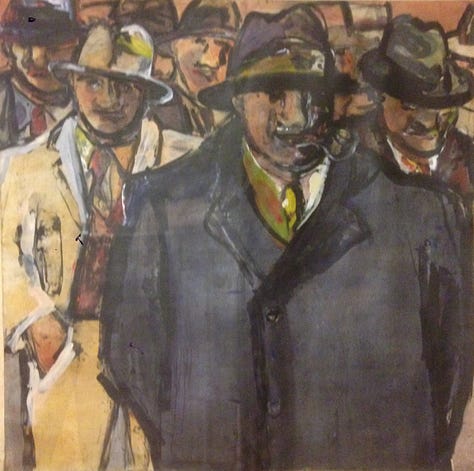
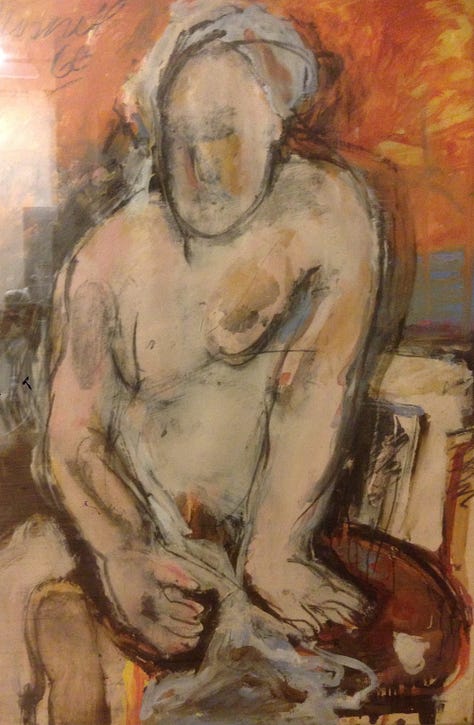
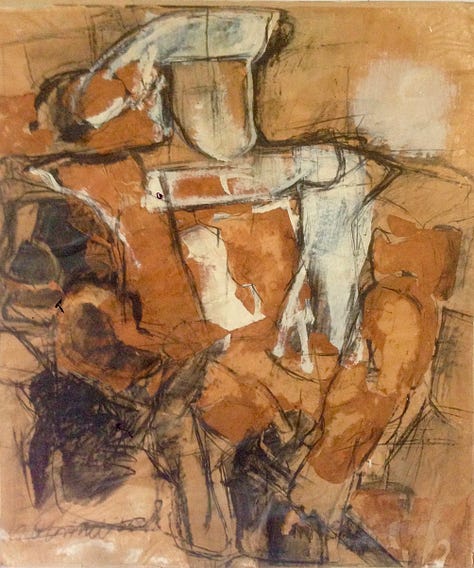
O’Connell’s work is best understood as a dialogue between language and abstraction. Early in her career, she was influenced by the energetic spirit of the abstract expressionist movement, living and working in close quarters with luminaries like Willem de Kooning and Milton Resnick in East 10th Street lofts. Over time, her style evolved to incorporate a broader range of cultural influences; from prehistoric inscriptions and Oriental calligraphy to elements of Hebraic and Islamic scripts, and even contemporary graffiti aesthetics. Employing a palimpsest technique, O’Connell layers marks and letter fragments to create canvases that evoke the feeling of archaeological discovery. This method reflects her belief that art is not static but a living conversation, constantly revealing new layers of meaning upon each viewing (Hilda O’Connell CV; MutualArt).
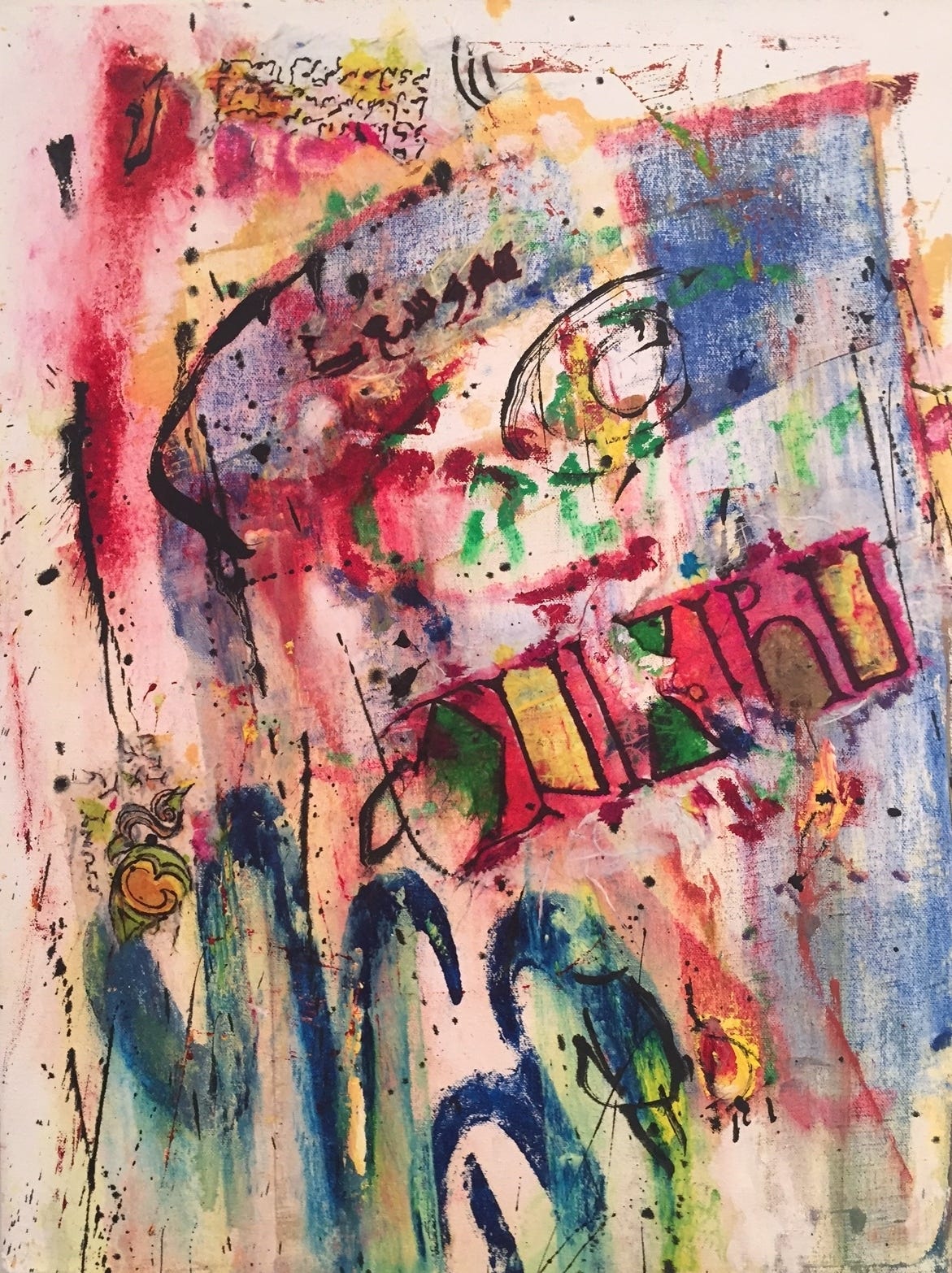
A significant aspect of O’Connell’s work lies in her innovative use of materials and techniques. She often employs mixed media, combining traditional oil painting with unconventional materials and found objects, to construct textured, dynamic surfaces. Her signature palimpsest approach, in which she reuses and overwrites earlier marks, mirrors the passage of time and the evolution of language. This method allows her to capture both deliberate composition and spontaneous improvisation, a duality that has become a hallmark of her mature style. Critics have noted that the tactile quality of her work invites viewers to “read” the layers as one would a historical document, bridging the gap between ancient forms of communication and modern abstraction (Carter Burden Gallery).
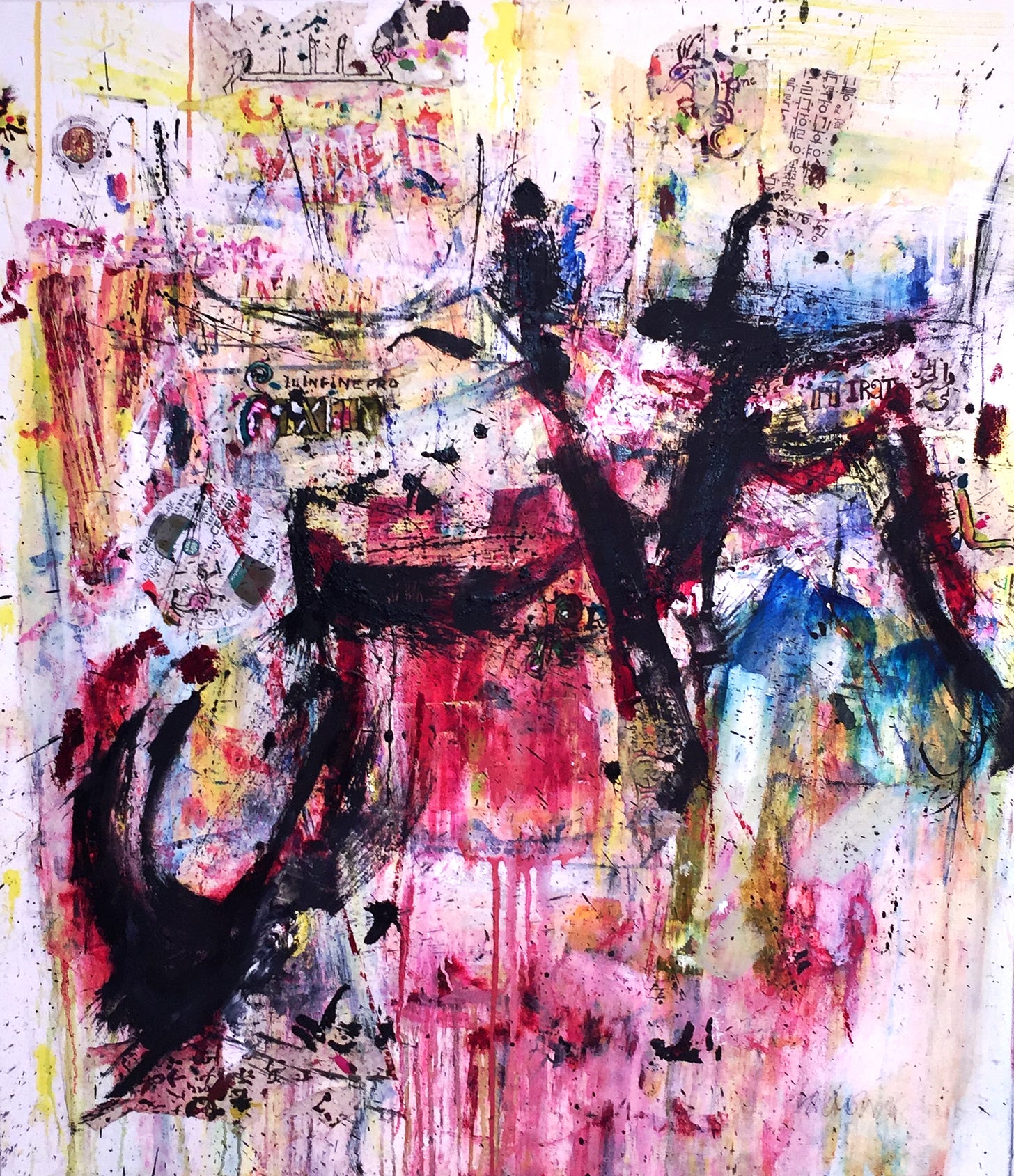
O’Connell’s development was profoundly shaped by the vibrant artistic community of mid‑century New York. At Pratt Institute, she studied under influential figures who encouraged her to push boundaries. Later, at Yale, she refined her intellectual and technical approach. Beyond institutional influences, her surroundings, the raw energy of the Bronx and the dynamic spirit of New York’s art world, fed her creative vision. She absorbed lessons from her contemporaries in the abstract expressionist movement, while also drawing on the rich heritage of global art traditions. Her work’s layered references to ancient alphabets and calligraphic scripts reveal a deep engagement with the history of communication and artistic expression (Carter Burden Gallery; Hilda O’Connell CV).
O’Connell has exhibited her work widely throughout her career. Solo shows at venues like AIR Gallery (2005) and TAI Gallery (2002) in New York have spotlighted her evolving style, while group exhibitions at Westbeth and Carter Burden Gallery have cemented her reputation in the competitive New York art scene. In addition to gallery exhibitions, O’Connell has contributed to public art projects throughout New York; installations at Bellevue Hospital, the Bronx Psychiatric Center, and the Albert Einstein College of Medicine not only beautify public spaces but also create dialogue around healing and community resilience.
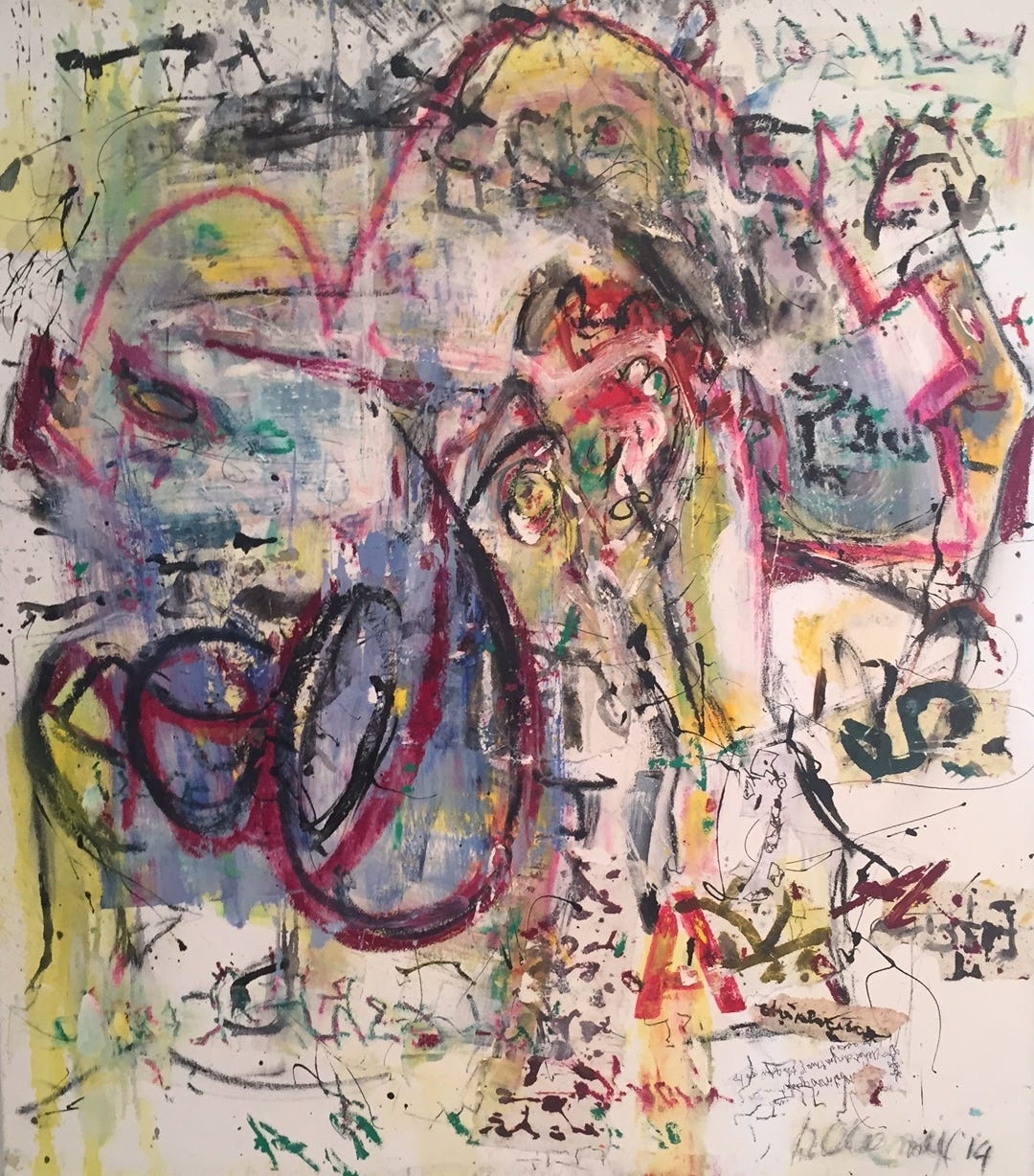
Her commitment to sharing art extends into education. O’Connell has a long history as an educator, teaching art and art history at institutions including Regis High School, Fordham Preparatory School’s summer arts program, and Marymount Manhattan College, where she served as a professor of fine arts from 1975 to 2000. Her teaching has inspired countless students to see art as both a personal and communal exploration, reinforcing the idea that art is essential for cultural understanding and social cohesion (Hilda O’Connell CV; MutualArt).
Scholars have positioned Hilda O’Connell as a pivotal figure in the evolution of abstract expressionism in New York. Her work is often discussed in academic circles as a synthesis of personal history and broader cultural narratives. Her layered, calligraphic compositions have been compared to archaeological excavations; each layer of paint revealing hints of the past, much like ancient inscriptions on weathered stone. In his work on modern art in New York, art historian Nicholas Ganz notes that O’Connell’s method of “visual archaeology” challenges viewers to engage with art as an evolving, multifaceted dialogue rather than a fixed artifact (Ganz). Her work has been featured in scholarly articles and academic journals that explore the intersections of language, memory, and abstract art, further affirming her influence on the discourse of modern art (Carter Burden Gallery).
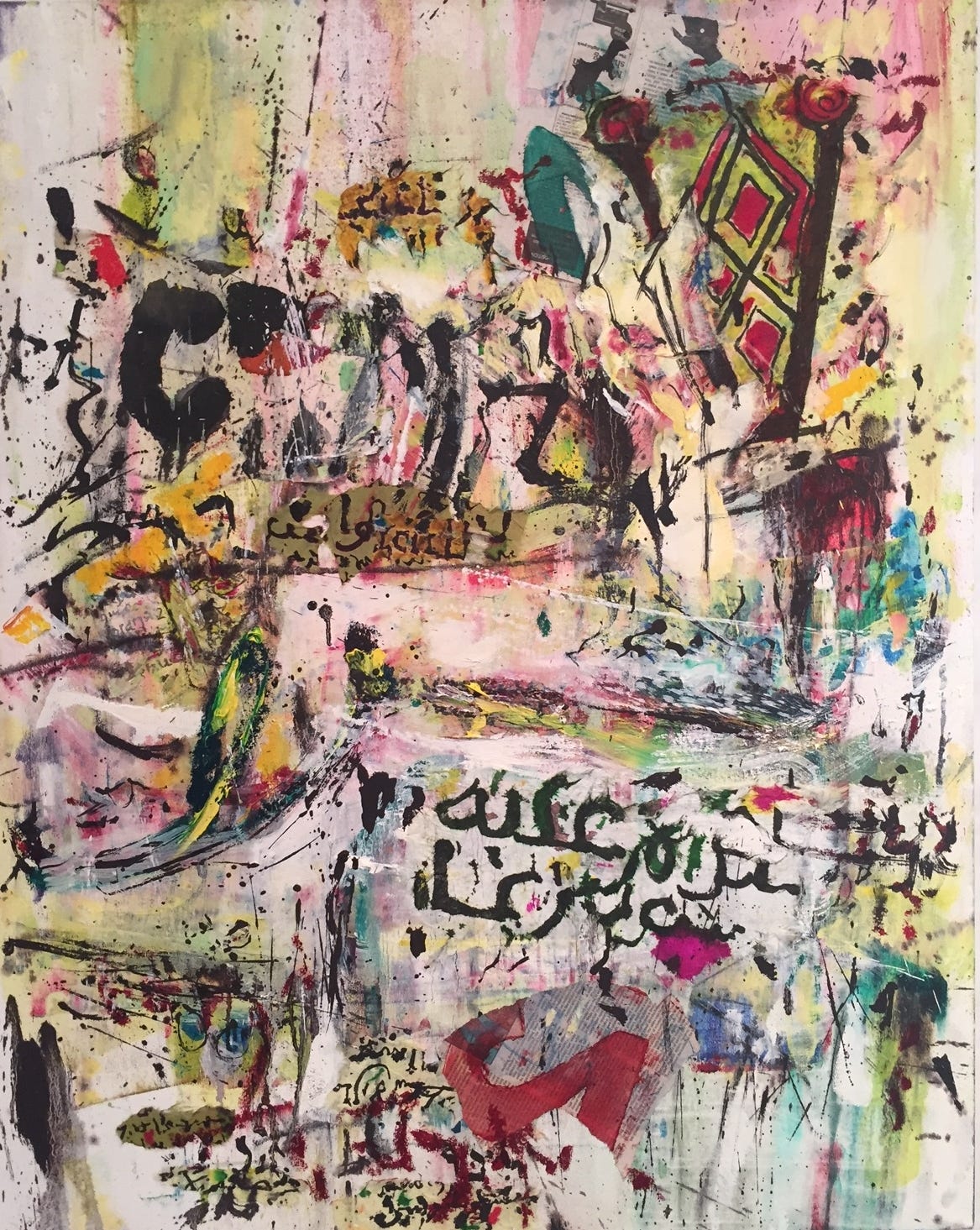
Now based in Manhattan, Hilda O’Connell continues to evolve as an artist while mentoring younger generations. Her influence is evident not only in the art market, where her works are collected by major galleries and museums, but also in her contributions to art education and public projects. Documentaries such as Hilda (2017) and various media profiles on platforms like Vice and IMDb capture the enduring spirit of her creative journey, underscoring her status as a living legend of abstract expressionism. O’Connell’s commitment to public art and community engagement has left an indelible mark on New York’s cultural landscape, and her legacy continues to inspire both artists and art historians alike.
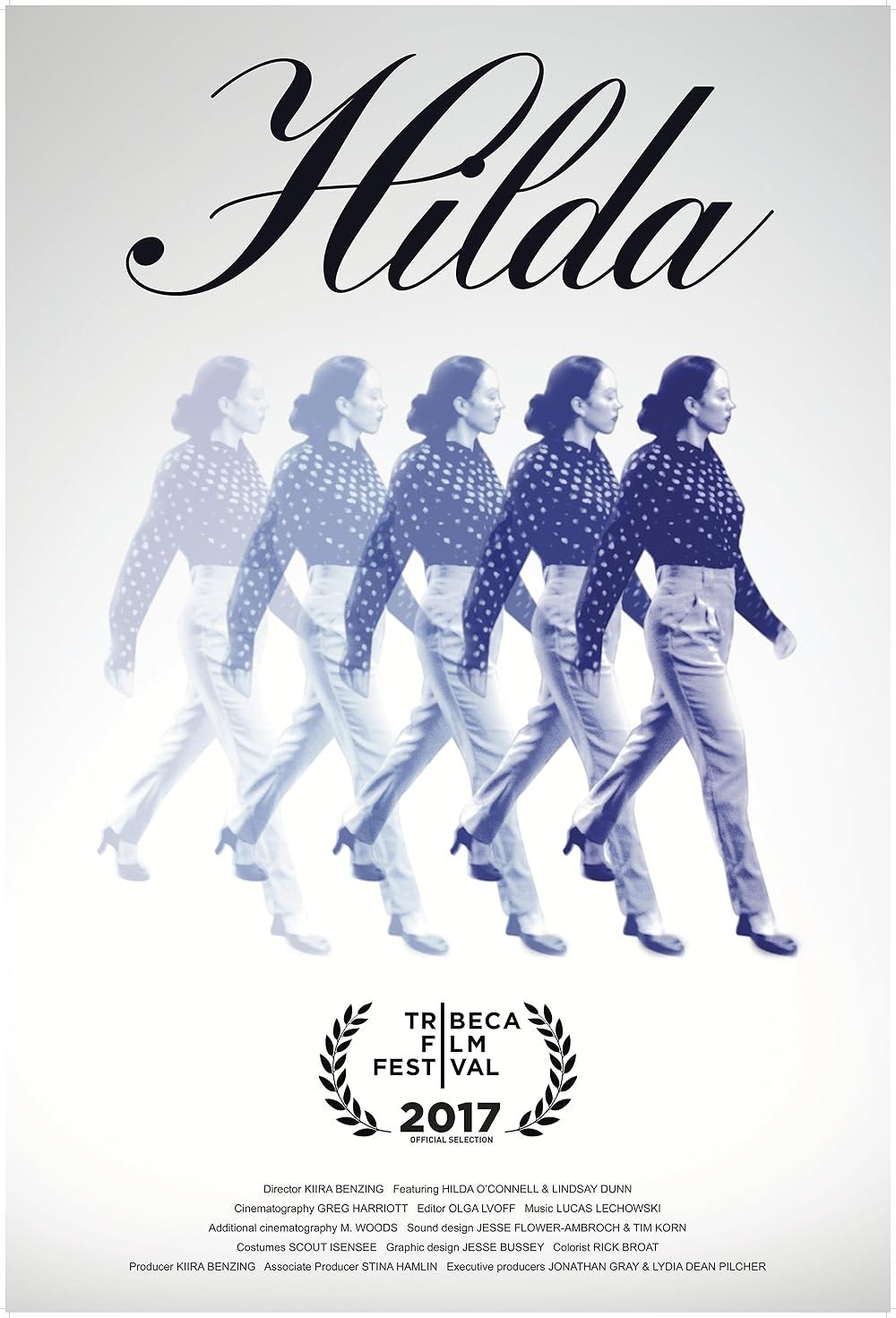
Looking ahead, O’Connell’s work remains a beacon of creative resilience in an ever-changing art world. Her techniques and thematic concerns, bridging the ancient and the modern, the personal and the collective, ensure that her art continues to resonate with contemporary audiences. As future generations explore the intersections of art, history, and identity, O’Connell’s contributions will remain a vital part of that ongoing dialogue (Hilda O’Connell CV; MutualArt).
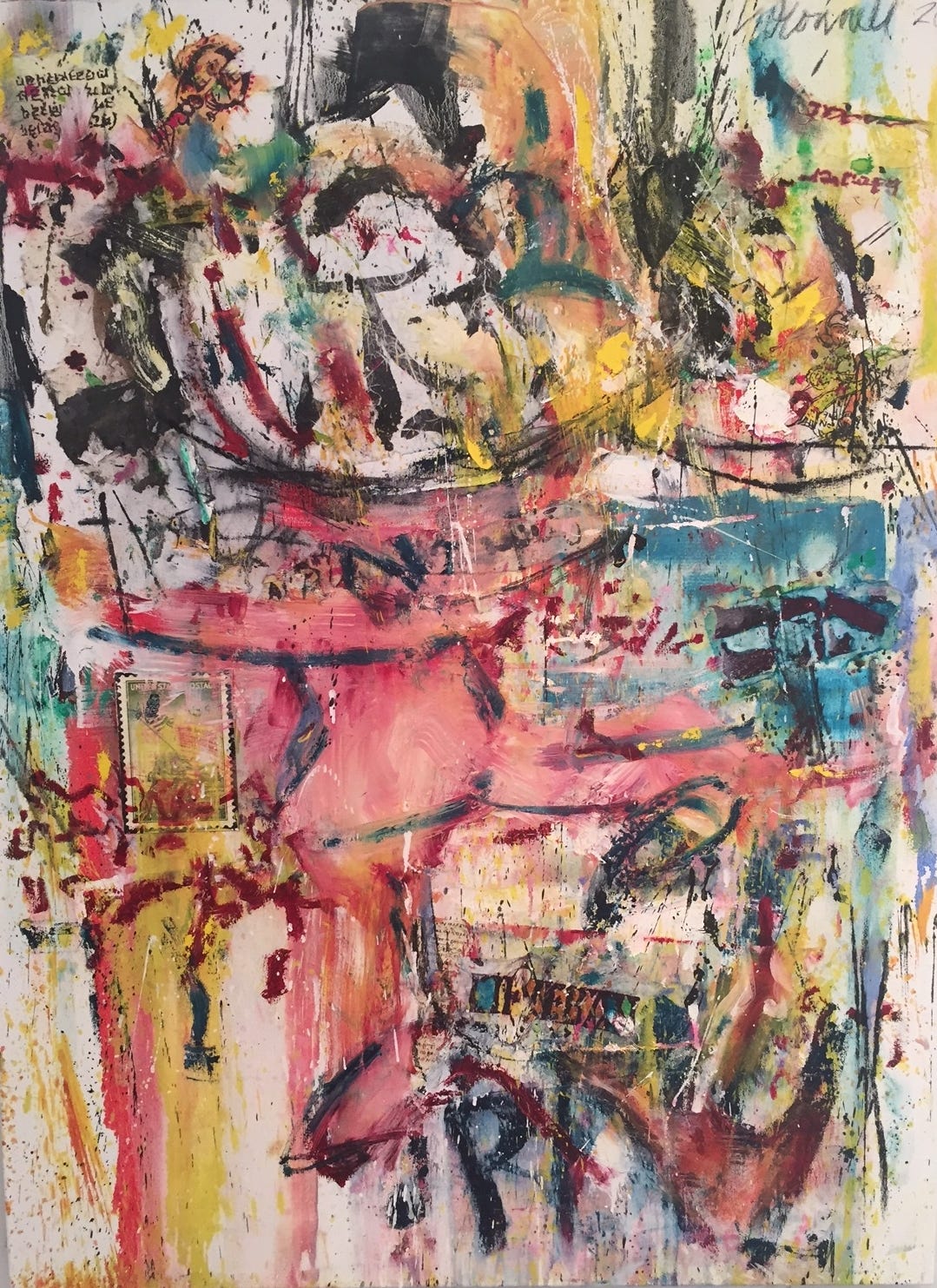
Hilda O’Connell’s career is a testament to the enduring power of creative expression and the transformative impact of abstract art. From her humble beginnings in the Bronx and rigorous training at Pratt, NYU, and Yale to her influential role as an exhibiting artist and educator, O’Connell has consistently pushed the boundaries of what abstract expressionism can achieve. Her layered, text-rich canvases not only serve as visual documents of history and language but also challenge viewers to engage with art on a deeply personal and intellectual level. As she continues to work and mentor in Manhattan, her legacy remains an inspiring reminder of art’s capacity to foster resilience, spark dialogue, and bridge generations.
References:
Carter Burden Gallery – Hilda O’Connell. Carter Burden Gallery, www.carterburdengallery.org/hilda-oconnell. Accessed 21 Jan. 2025.
Hilda O’Connell CV. Hilda O’Connell, www.hildaoconnell.com/pagecv. Accessed 21 Jan. 2025.
Hilda O’Connell. MutualArt, www.mutualart.com/artist/Hilda-O-Connell/34A126713565C420/Biography. Accessed 21 Jan. 2025.
Emory, Sami. 80-Year-Old Artist ‘Hilda’ Shines in a New Documentary. Vice, 1 May 2017, www.vice.com/en/article/80-year-old-artist-hilda-o-connell-documentary. Accessed 21 Jan. 2025.
Hilda (Short 2017). IMDb, https://www.imdb.com/title/tt6768504/. Accessed 21 Jan. 2025.
Ganz, Nicholas. Graffiti World: Street Art from Five Continents. Abrams, 2004.


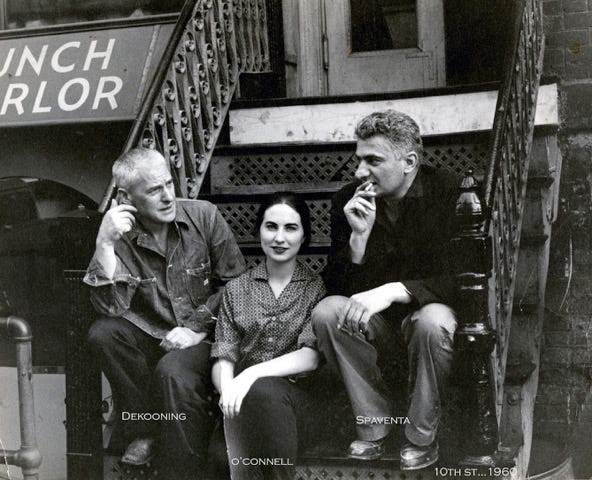
Excellent profile 😊
Thanks another very well written article free of jargon!
A question, how did she secure a place at Yale? With my limited understanding its neither that easy nor cheap